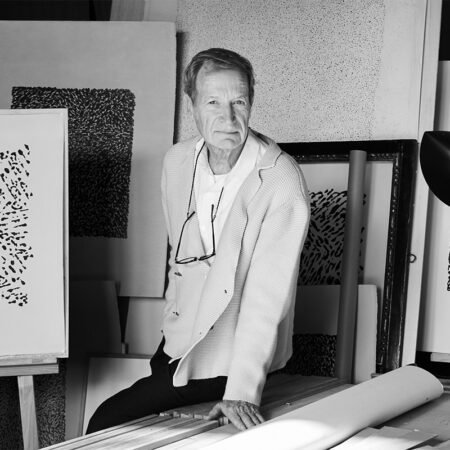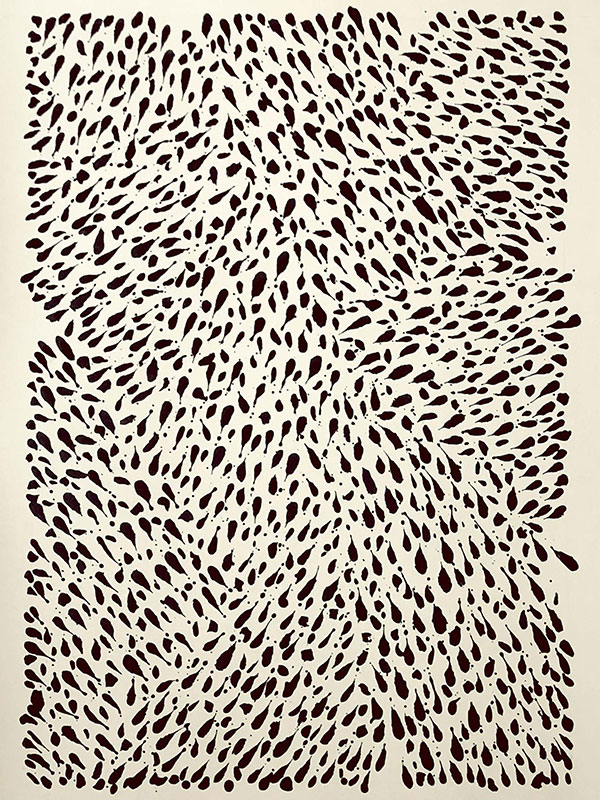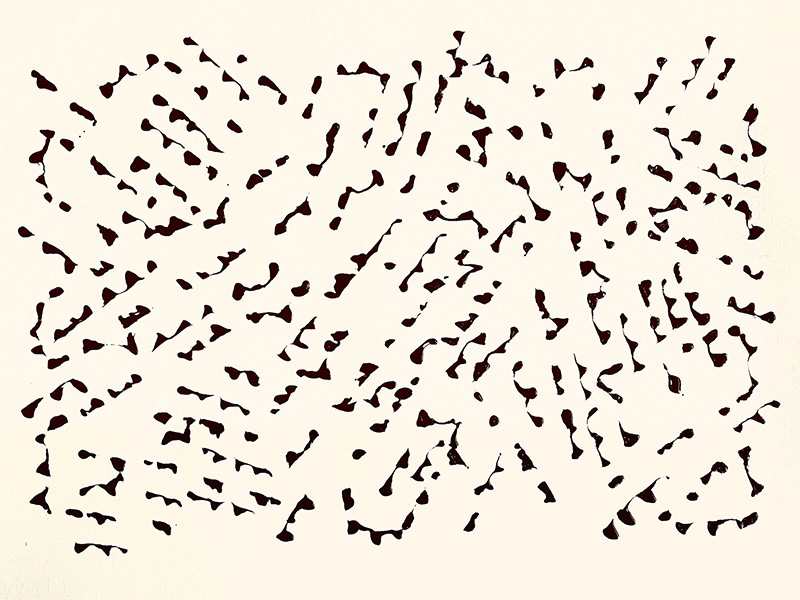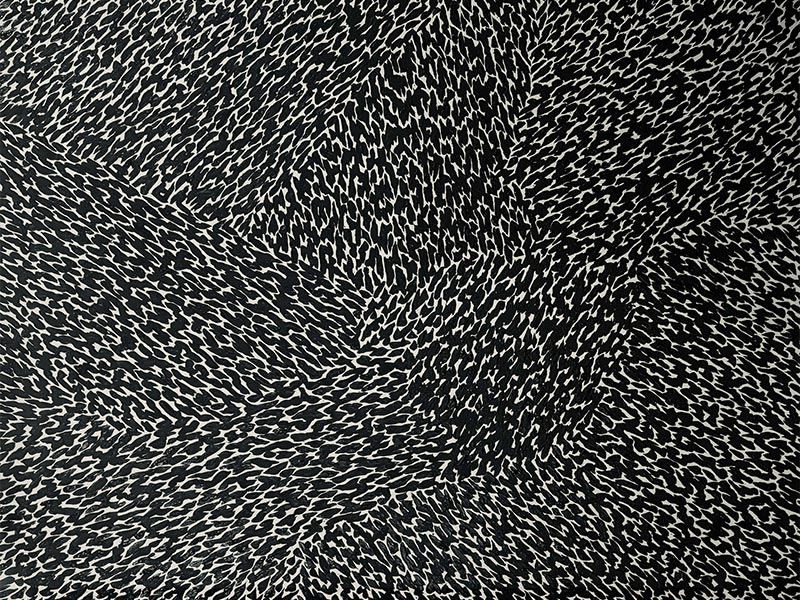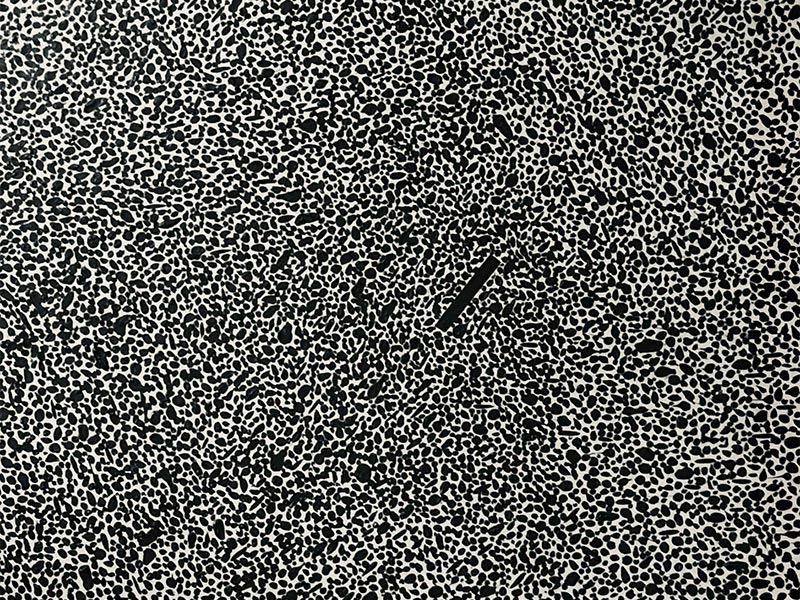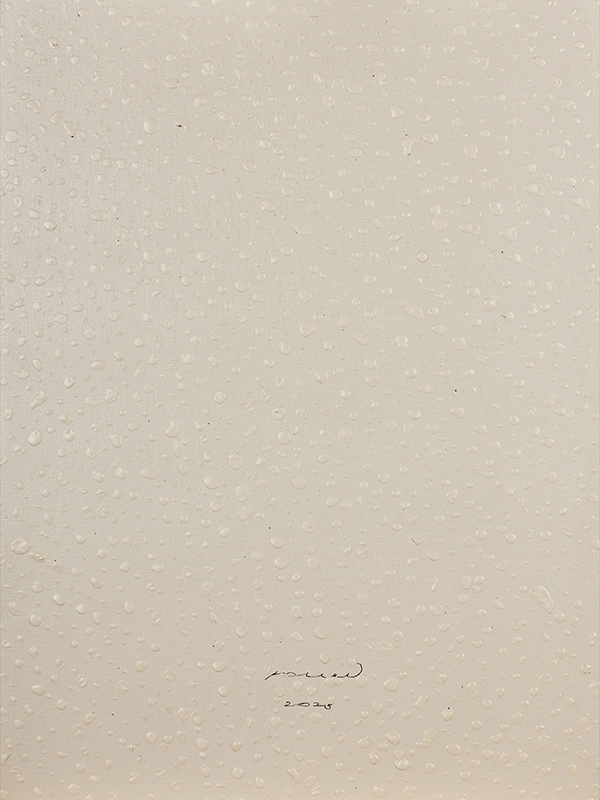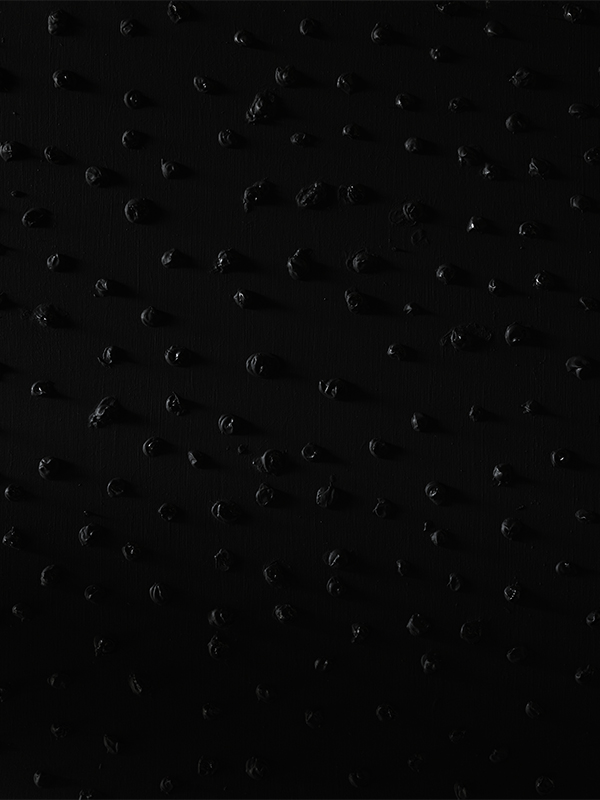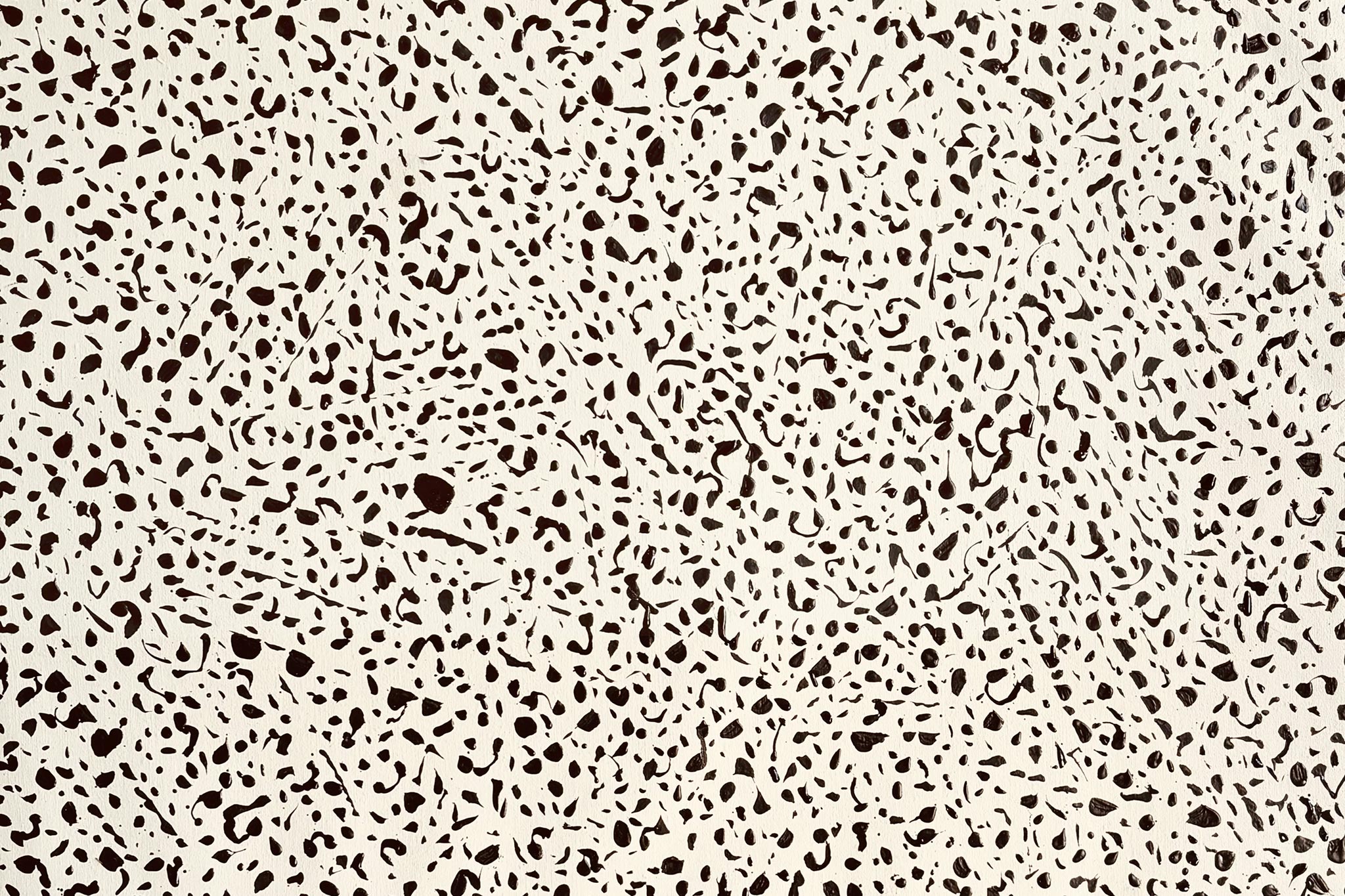
29 Aug Interviewing Remy Pollet | Ink and paper
Rémy Pollet began his artistic journey in 1966 at the School of Arts and Crafts in Vevey, Switzerland. Very early on, he affirmed a dual passion: in 1974, he opened his own photography studio while also attending life-drawing classes at the Fine Arts schools of Lille and Roubaix. During the 1980s, he started combining photography and painting, focusing primarily on portraiture and still life in an expressionist approach, marked by a muted color palette. Photography and painting became a constant dialogue, each nourishing the other. At the same time, he pursued an intense career as a studio photographer and traveled extensively to produce series for fashion catalogues and advertising campaigns. A tragic event marked a decisive turning point: on New Year’s Eve 1990, a fire destroyed almost all of his drawings, paintings, and photographs created since the 1970s. This disaster put an end to his painting for five years. When he resumed his work, a deep transformation emerged: out of this ordeal was born a more abstract approach, centered on the exploration of Black.
Hello Remy! Let’s start the interview right from the beginning. Artistic influence runs in your family; in fact, it was thanks to your grandparents that you began to explore this world. But how did that happen? What was the moment that made you realize you had to follow this path?
Art has always been present in our home. My great-grandfather, Ernest Desurmont, some of whose Impressionist paintings are exhibited at the Tourcoing Museum of Fine Arts, was the pride of my mother, who was also a painter. Seeing my aptitude for drawing, as a teenager she enrolled me in the School of Fine Arts.
My passion growing, I entered the Vevey School of Arts and Crafts in Switzerland to study graphic arts for a first year, followed by three years of photography. Graduating in 1970, upon my return, I set up a creative studio that allowed me to work in my two favorite fields: graphic art and photography.
Your artistic career began as a fashion photographer and then moved into the world of painting. How did this transition happen? Did you feel an inner need that drove you to paint, or was it more gradual?
In reality, there was never really a break between photography and painting: the two always progressed together, even when I was traveling or shooting photos in the studio.
In the early 1980s, I opened a studio adjoining my photography studio, which allowed me to continue my pictorial work. I don’t see this as a radical transition, but rather as an ongoing dialogue: photography nourishes my painting, and painting enriches my photographer’s perspective. It’s this back-and-forth that has shaped my artistic journey.
You told us that in your paintings there’s a balance between structure and emotion. How do you balance these elements so that the harmony of the final work conveys the meaning you want to convey?
In my work, the search for balance between structure and emotion is always achieved through dialogue. The forms, which sometimes seem to spring forth freely, are actually designed to find coherence, a balance between them.
Emotion arises from movement, from the spontaneity of the line or the material, while the structure helps avoid chaos, to channel this energy.
It is in this tension that harmony is created: I allow a measure of freedom to enter the canvas, but then I guide it to find a rhythm, a breathing space.
I believe it is precisely this back-and-forth between control and letting go that allows the final work to convey the meaning and vibration I wish to share.
The colors and techniques also vary in your work. From oil to ink, from colors to black. How do these stylistic shifts transform your emotions and experiences?
In 1990, a fire destroyed my studio and with it almost all of my color work. This event was a true turning point: from that moment on, I devoted myself exclusively to black, whether in ink or oil.
Abandoning color was not a constraint, but a revelation.
Black became for me a living medium, infinitely nuanced, capable of expressing both fragility and strength, shadow and light. By working solely in this monochrome intensity, my emotions became focused, as if each gesture became more essential, more radical. This transition from color to black transformed my artistic experience; the rebirth of these charred canvases allowed me to get to the heart of the matter, to give more space to breathing, rhythm, and depth, and to reveal an inner strength I had not yet explored.
Black is pure light, you told us. How do you exploit this artistic-philosophical thought in your latest works?
When I say that black is pure light, it’s because I don’t approach it as nothingness, but as a living material, capable of revealing a whole range of vibrations.
In each painting, I seek to exploit this duality: black absorbs, but it also reflects, capturing the variations of light and transforming them into relief, movement, and breath. Each form, each impasto, each intensity of ink or oil becomes a luminous modulation.
What I seek to convey is this almost paradoxical experience: to dive into black is, in reality, to enter a field of inner light, a light that doesn’t dazzle but subtly reveals the depths of emotions and time.
It was really nice speaking with you; we look forward to sharing it with our readers. What are your future projects right now?
A forthcoming book, “L’écho du geste”, chronicling my oil work over the past five years, is currently in production. The previous book, “Vibrations”, focused on my ink work. I’m participating in the Paris Autumn Salon at the end of October. I’m awaiting feedback from galleries interested in representing my work.

